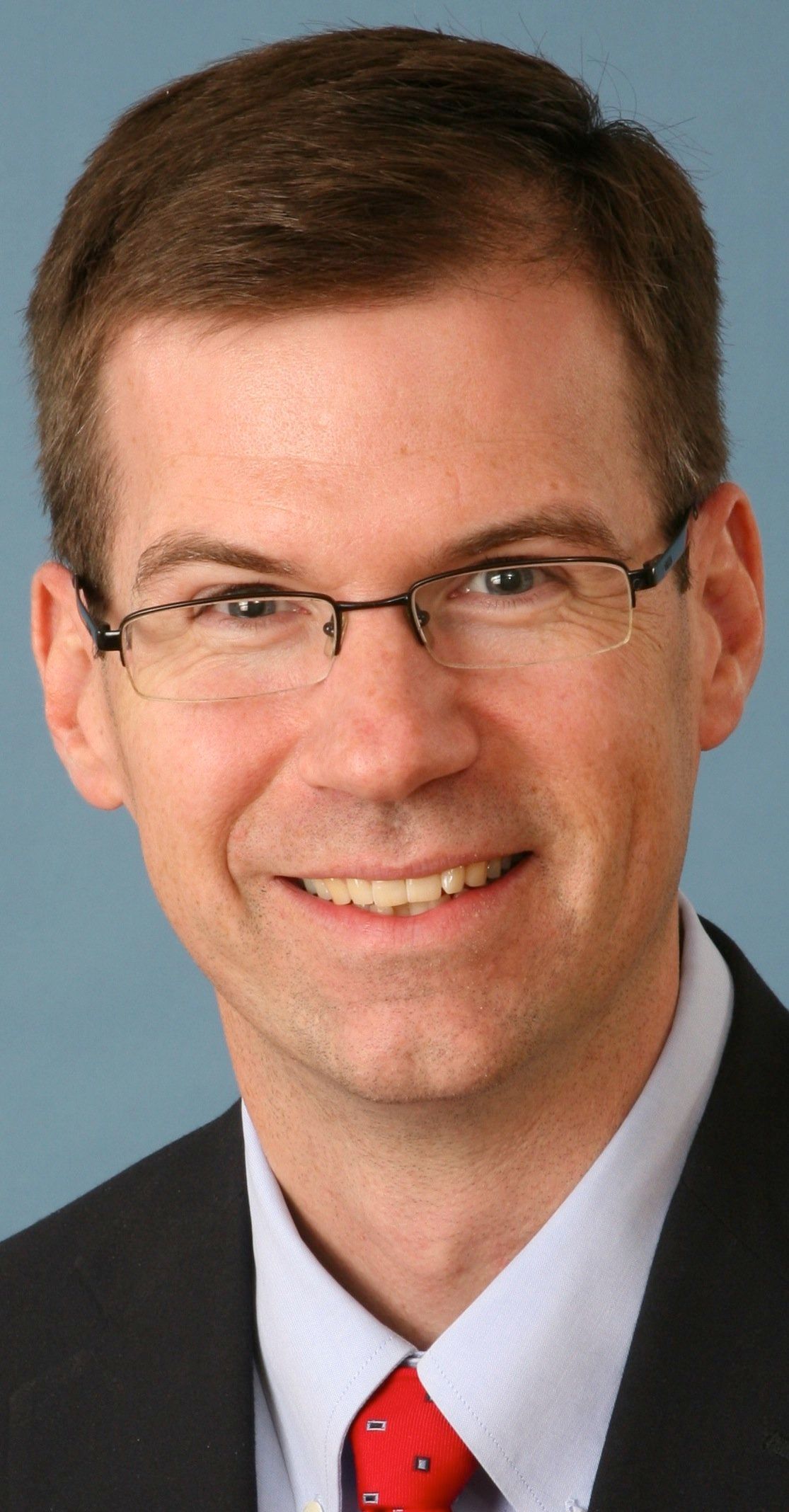Article
VA Choice: Not what the doctor ordered
The VA Choice program wasn’t designed to bring VA patients to community physicians; rather, it was designed to turn community physicians into VA doctors. And that does not work, says Henry Rosevear, MD. Dr. Rosevear shares his experience with the VA Choice program and shares what he sees as its limitations and what needs to change.

As a veteran myself, when I first heard about the government’s Veterans Choice program, I immediately talked to my partners and ensured that my practice enrolled. It seemed this was one of those rare incidents when a government program would not only would help the patient but would simultaneously help small businesses.
Interesting: Is bigger better in today's urology practice?
For those not familiar with the program, the idea was that any veteran who has been waiting more than 30 days for VA medical care or who lived more than 40 miles from a VA medical facility could receive health care within their community, funded by the VA without impacting their existing VA health care or any other VA benefit. Reimbursement would be at Medicare rates, so while no one would get rich off these program, we wouldn’t lose money treating these patients either (unlike some other government-funded programs, ie, Medicaid).
I was thrilled. I live in a community that has a strong retired military presence and I thought this would be a great way for me to serve these patients. I was wrong yet again. The VA Choice program wasn’t designed to bring VA patients to community physicians; rather, it was designed to turn community physicians into VA doctors. And that does not work.
Read- Medicine and the market: New data show the price ain't right
How did we get here? Back in 2014, a number of reports surfaced of “secret” wait lists at various VA hospitals (simply Google “VA secret wait list” to find dozens of these reports, including the initial report from CNN by Scott Bronstein and Drew Griffin). This was confirmed by the VA Inspector General in a May 28, 2014 report. This issue affected numerous facilities, including the closest VA hospital to me, the Denver VA. As a result of this controversy, the government passed a law in August 2014 called the “Veterans' Access to Care through Choice, Accountability, and Transparency Act of 2014,” which instituted a number of changes and created the VA Choice program.
Next: Limitations of this program and what can be done to improve it.
Unfortunately, like many well-intentioned government programs, the details of implementation did not match the lofty goals of the original bill. As a result, as of January 2016, my practice no longer accepts VA Choice patients. As I doubt I am the only urologist having problems with this program and I would love to continue to participate, I would like to start a conversation about the limitations of this program and what can be done to improve it.
Read - Maintenance of certification: Working to understand why
Let me start with a representative story about one patient I am seeing through this program (details have been slightly changed for HIPAA reasons). Mr. T is a 65-year-old gentleman sent to me with obstructive voiding symptoms. He had been on Hytrin for many years and while it initially helped, he recently developed bothersome straining, incomplete emptying, and nocturia. His VA doctor saw him and recommended a TURP.
By his report, he went to the OR and was put to sleep, only to awake and learn that the machine had broken and no procedure was done. He was then rescheduled for surgery 6 months later. He researched the VA Choice program, enrolled, and was sent to my office. On exam, he had a large, smooth prostate, normal PSA, and was a reasonable operative candidate. No cystoscopy had been done and he had not been offered finasteride. We discussed options and I recommended starting finasteride and doing a cystoscopy for operative planning.
You might like: My six-digit mistake with a new health insurer
Two months later, he returned to clinic. Why the wait? Pre-authorization. It took that long for my office to get permission for me to do the cystoscopy. Cystoscopy showed significant lateral lobe hypertrophy and one of the largest median lobes I’ve ever seen as well as numerous small bladder stones. We discussed options again and agreed that a TURP and cystolitholopaxy was his best option. That was over 2 months ago, and we are still waiting for permission to operate. My fear is that this patient would have been better served by simply signing up for his repeat VA procedure, and that fact bothers me as I consider myself a more efficient practitioner than that.
Next: Working for the VA Choice program
Working for the VA Choice program reminds me of my time as a resident at the VA in Iowa City, where I trained. I loved the independence and the opportunity to make my own decisions. I loved the patients, as there is no more grateful or more deserving population in the state. I hated the paperwork.
Also read - Winning at EHRs and meaningful use is 'Mission: Impossible'
The junior resident ran a cystoscopy clinic and a busy day was eight patients. Eight. Why? There were at least five different notes that had to be done for each patient: You had to see the patient and do a clinic note, do an electronic consent, fill out a pre-anesthesia form even if you weren’t planning on using anesthesia, there was a brief operative note after the cystoscopy, and there was the formal operative note for the actual procedure. Further, all cases had to be done in the operating room so we had to wait for OR turnover between each case. We were booked months ahead.
That is the problem with the VA Choice program. Rather than unleash the power of the private practice community to treat this clearly underserved population by allowing us to do what we do best, which is provide efficient and appropriate medical care, VA Choice is attempting to turn us into employees of the VA with all of the paperwork that goes along with that. I, for one, refuse to do that.
Recommended - Practice 'efficiency' is not a dirty word but a noble goal
The solution is simple: have the VA pretend these patients have Medicare and let us treat them accordingly. I want to see these patients. I want to be part of this program. And I will be the first provider to return to this program once the powers that be will modify the program accordingly. But I’m not holding my breath.






